CoV-19; coronavirus 19; gender; immunity cytokine; virus.
PMID: 32253888 DOI: 10.23812/Editorial-Conti-3

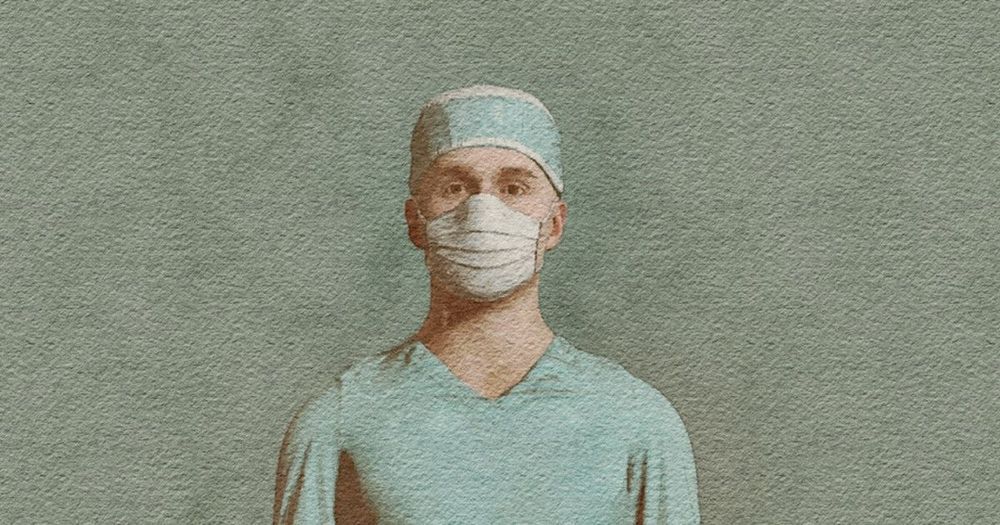
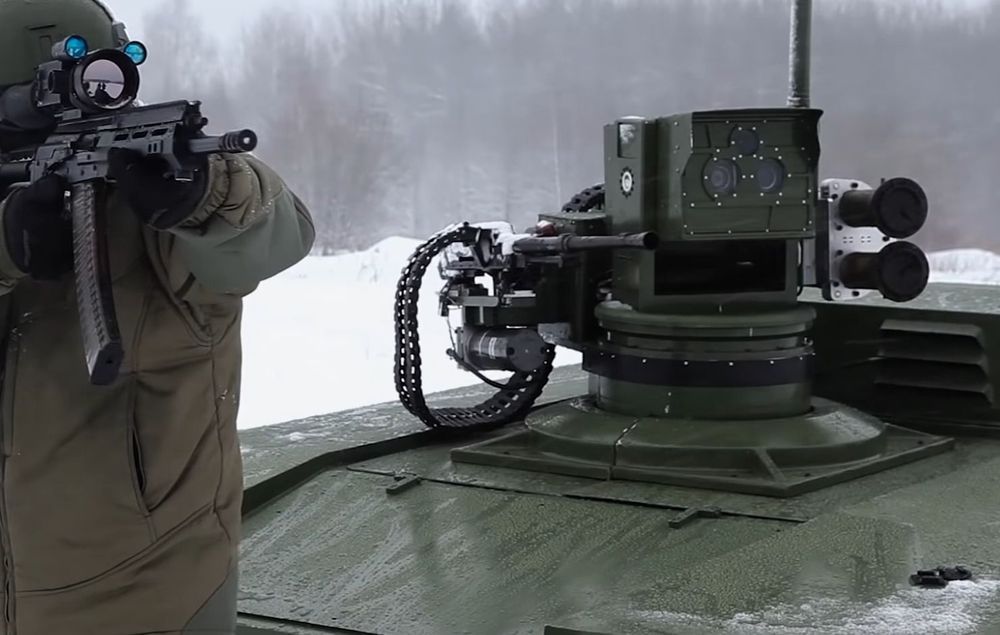
Russia continues it’s pursuit of Killer Robots. Battlefield deployment can be expected soon. Civilian deaths caused by the erroneous decisions of a robot are imminent.
Ban Killer Robots!
While some Russian robots have underperformed expectations in combat, the Ministry of Defence is working on a new generation of combat machines for training and possible future use. At the center of this design is the Marker UGV, or uncrewed ground vehicle. Resembling a miniature tank with treads and turrets, the Marker is as much a test bed as it is a machine expected to see battle.
“The Ministry of Defence is discussing the eventual use of robotic swarms in combat— and Marker is definitely the platform to test that out,” says Bendett, an Adjunct Senior Fellow at CNAS. “As envisioned, it will be able to launch swarms of UAVs or loitering munitions, making it a truly versatile robotic platform.”
The development parallels many robotic programs under way in the United States. It is remarkable, too, that both nations have hit upon swarms of ground robots as a way to supplement existing human formations in combat. Russia plans to test swarms of ground robots later in 2020.
NASA aims to get humans back to the moon by 2024 as part of its Artemis mission.

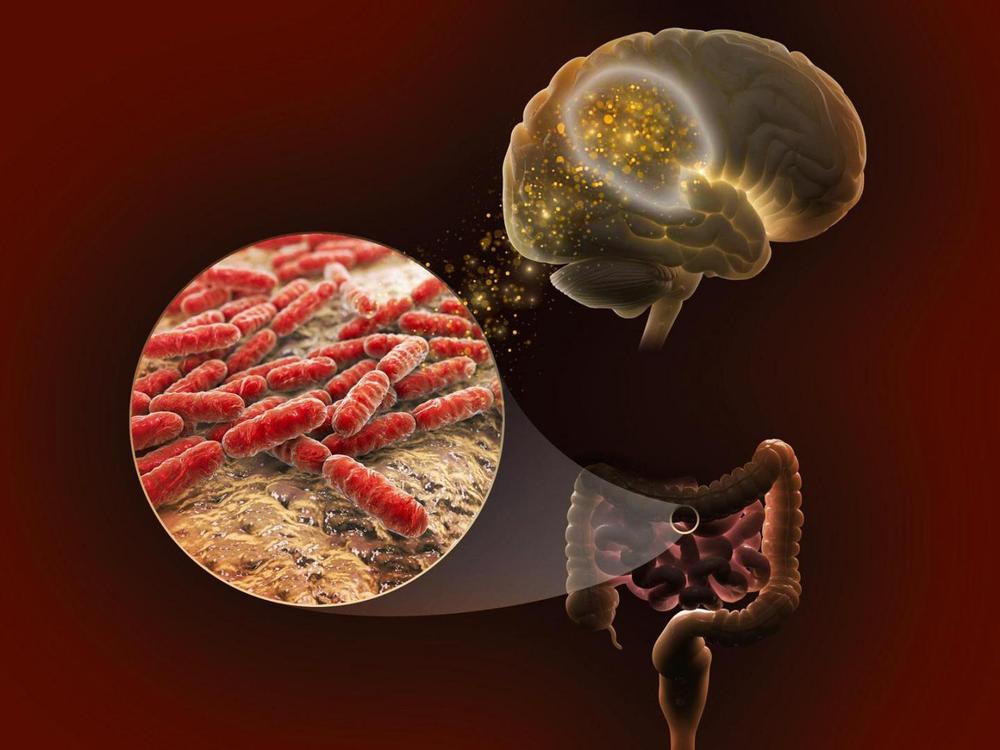
New research from an international team of scientists has tracked a compelling series of connections between the gut microbiome and memory. Using a novel mouse model engineered to simulate the genetic diversity of a human population, the study illustrates how genetics can influence memory via bacterial metabolites produced in the gut.
Over the past few years there has been significant research interest in the relationship between memory, cognition and the gut microbiome. While certain families of bacteria that live in our gut have been implicated in memory function, this new study set out to investigate the connection from a different angle, starting with the role genetics play in this relationship.
“To know if a microbial molecule influenced memory, we needed to understand the interaction between genetics and the microbiome,” explains co-corresponding author on the study, Antoine Snijders.
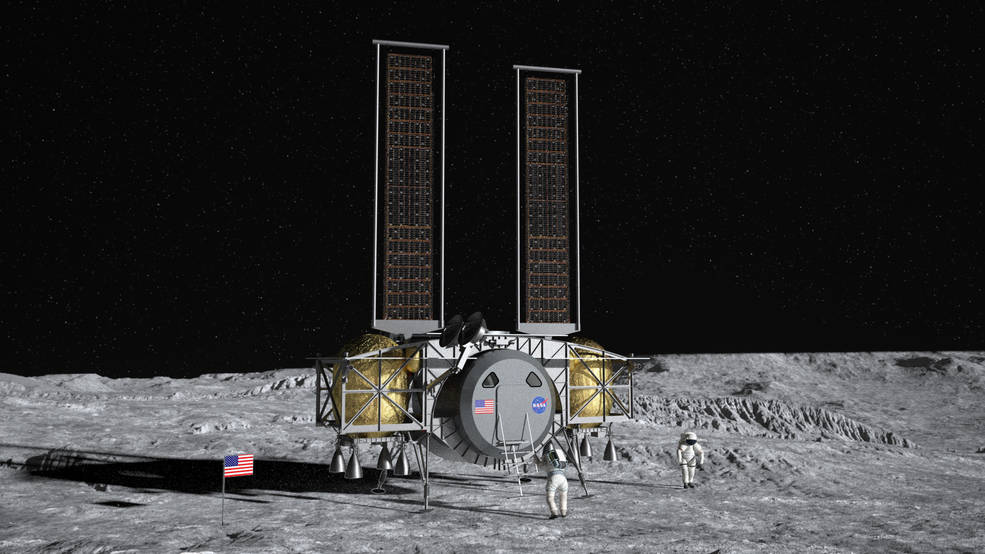
One of the three companies NASA announced today will land the next NASA astronauts on the Moon. NASA awarded three firm-fixed-price, milestone-based contracts for the human landing system awards under the Next Space Technologies for Exploration Partnerships (NextSTEP-2. The total combined value for all awarded contracts is $967 million for the 10-month base period.
NASA downselected from the five companies in the running to only three.
NASA released the Human Landing System (HLS) solicitation on October 25, 2019. Five companies submitted proposals by the required due date of November 5, 2019. Listed below in alphabetical order:
Islamic religious scientist points out a hidden existential threat, worse even than the SARS-CoV-2 virus: two-legged viruses that spread liberal democracy.
Iranian scholar Alireza Ebadi, Supreme Leader Ayatollah Ali Khamenei’s representative in the Southern Khorasan Province, said in a lecture that aired on Khorasan Jonoobi TV (Iran) on April 10, 2020 that the “virus” of Western liberal democracy is even worse than the coronavirus since it has caused the deaths and displacement of millions of people, two world wars, coups in various countries such as Iraq, the spread of cholera in Yemen, and Western intervention in Syria, Afghanistan, India, Pakistan, and elsewhere. Ebadi expressed hope that once humanity defeats the “pest” of the coronavirus, it will “make sure the greatest pests of all do not escape.” He added: “May God [save] humanity from [the] two-legged viruses.”
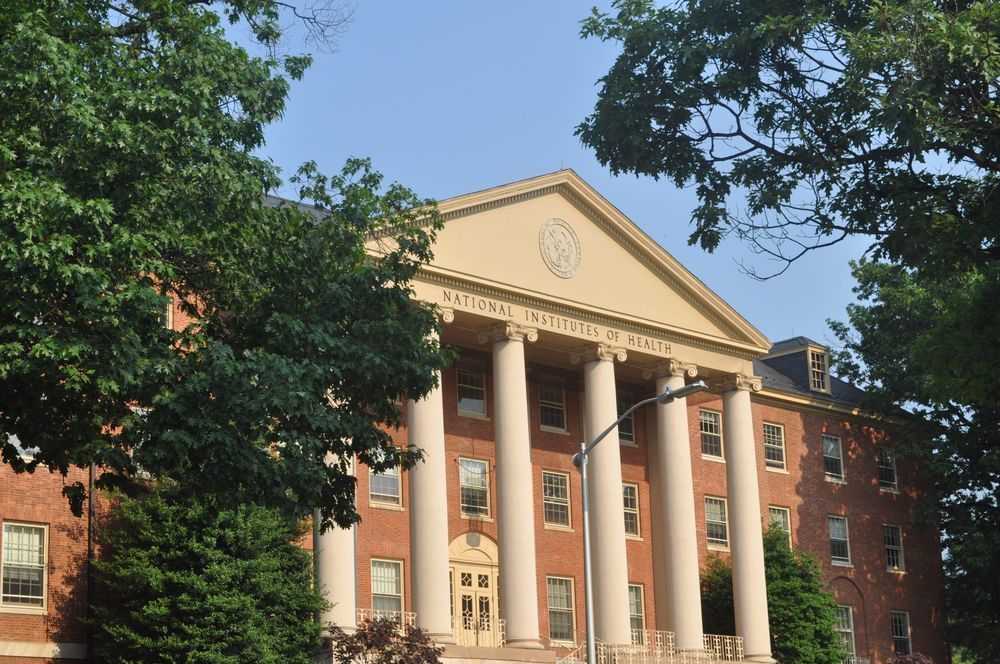
More than 100 weapons were found at 12 locations.